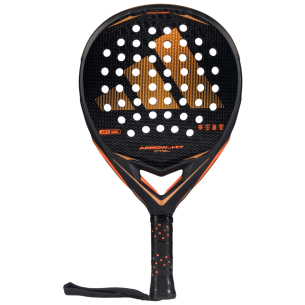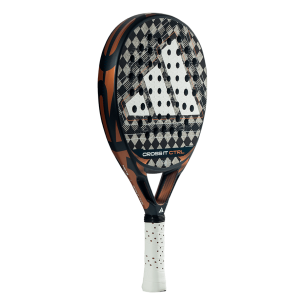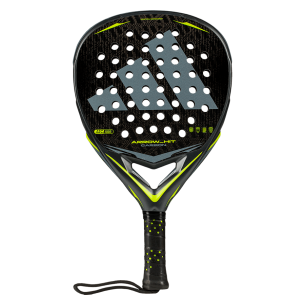
Padel Serve: types and tricks
Of all the technical and strategic aspects of our sport, the serve is one of those which generates the most debate amongst amateur players.
"Coach, how do I do it? Sliced? Which way? Do I aim for the side wall or for the T in the court? At what speed should I serve?"
These are some of the questions newcomers to padel ask during their sporting development and in today's article, we are going to try and provide some advice to you on serves: the type of serves to use at each stage of the game, and which way to aim your serve. It is one of the most important shots in padel, so pay attention!
Strategy
It is essential to understand the main objective of the padel serve: putting the ball into play, initiating the point.
As we have discussed in previous articles, in padel, the winning pair is often the one which has the most amount of time up at the net, because it is attacking.
The net is a more comfortable and offensive position to play than the back of the court, and as it is a position in which we have the initiative for taking a point, we have more probabilities of forcing a rival's fault.
This should be making it clear that our objective is to put the ball into play to position ourselves comfortably at the net and take the initiative of the game.
Therefore, one of the more common errors in the play of an amateur player is to serve either too strong or with a short serve, trying to get a point on serve. Friends, this is not tennis!
The serve is not as relevant, it is very rare to have a direct serve or an "ace" in our sport. Keep in mind that the more speed used on the serve, the return happens sooner and the ball returns quicker. If the serve is made in this way, we probably will not have time to position ourselves at the net and we will miss the next shot.
Technique
In terms of technique, there are 4 types of serves in padel:
1. Short serve in padel
It is the usual and recommended move for our first serve since the short effect leads to less of a bounce on the wall, making the return more difficult.
It is usually positioned:
-
Over the side wall, where there are more errors in the return.
-
Over the "T" of the court, to force the adversary to move or looking for their shot to be weaker (normally their backhand).
2. Straight serve
This serve should be seen as a safety serve which should always be used on second serves. We will also try and give it depth (by having more control) and lower speed, so that we can take the net and take the initiative of the point despite it being a second serve.
A reminder that we should NEVER miss the second serve, we should always put the ball into play even if it is with one's hand. We have to make our rival be the one to miss.
3. Bounce or no bounce serve
This serve is one in which so little force is used that we make the ball bounce twice before our adversary reaches it on their court.
It is not a very common serve, as it is considered disrespectful to our adversary.
Despite not being the most ethically correct serve, many players use it to take their rival out of the game, confuse them and break up the game's rhythm.
4. The lofted serve
This is the least common of the four serves. Its objective is to surprise the rival provoking a lofted effect by producing a larger bounce on the walls/glass of the court. In this way you force the rival to fault as the bounce is so uncommon and unexpected.
Coach's tips
Our recommendation is that the speed of your serve should be proportionate to the speed at which you can reach the net, it should be a short serve with medium risk or difficulty, aiming and forcing the bounce on the side wall (as that makes the return more difficult) and that you play with the highest number of first serves possible (to maintain the play's dynamism and to not lose intensity).
With this being said, the only thing left is for you to put this into practice and let us know the results it yields for you.











